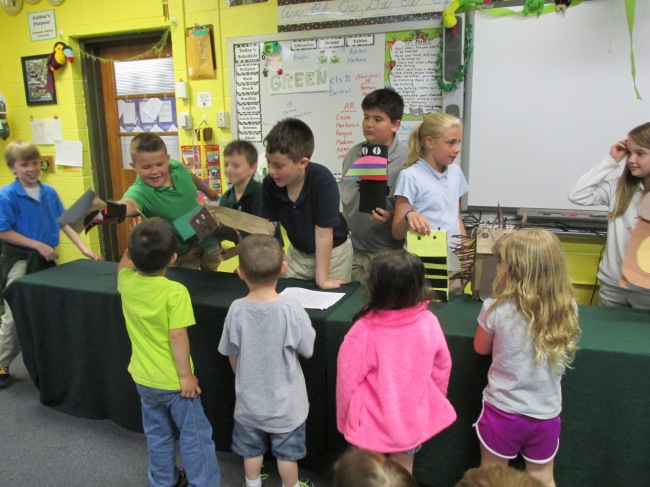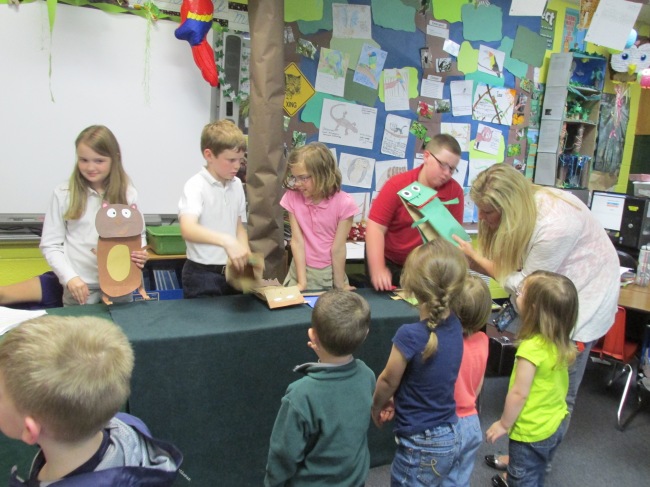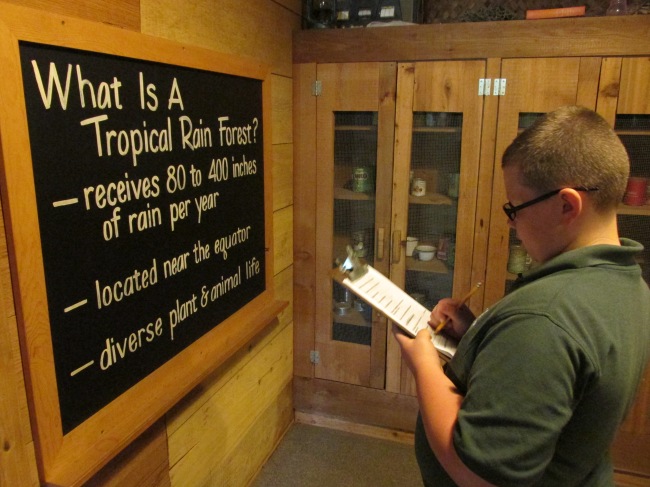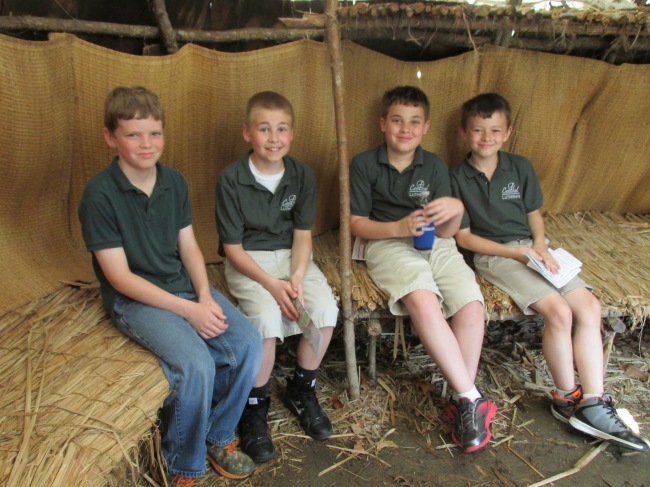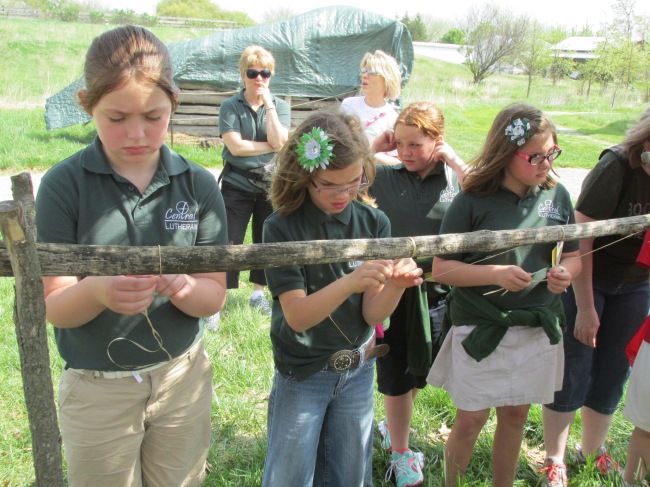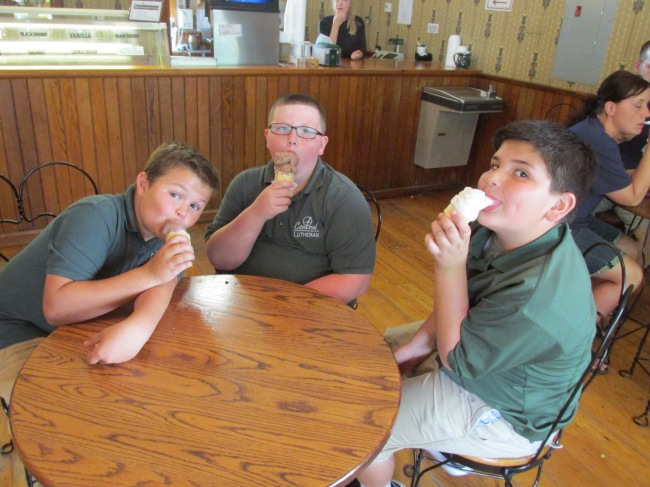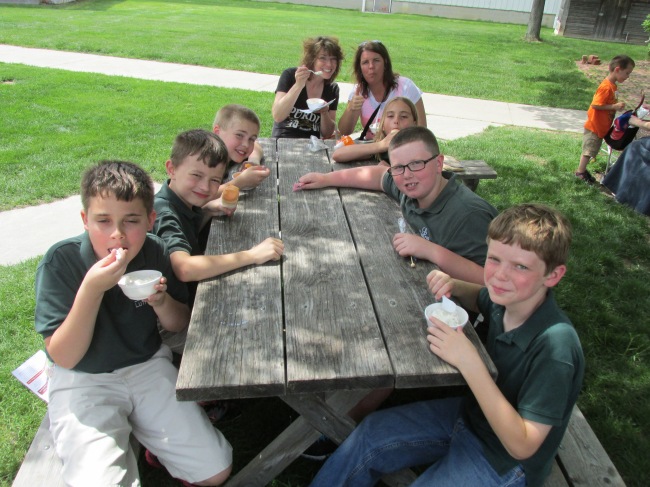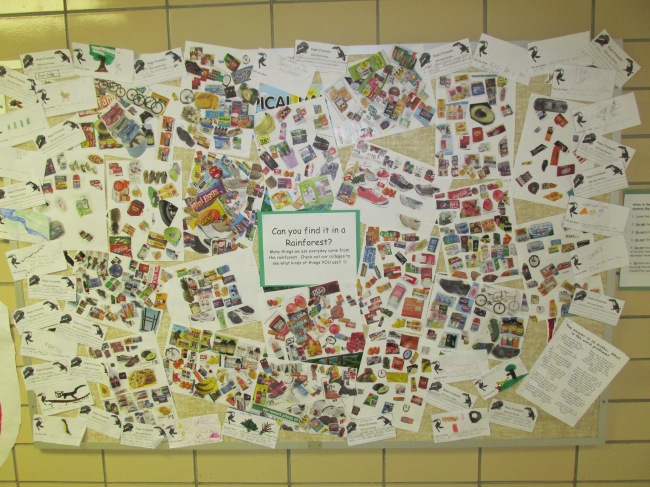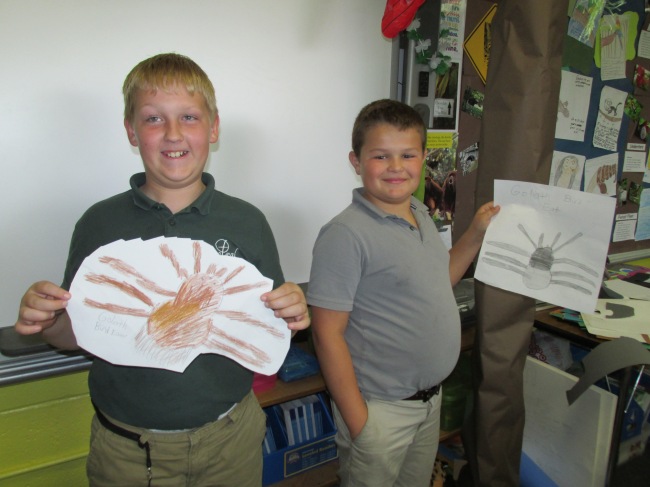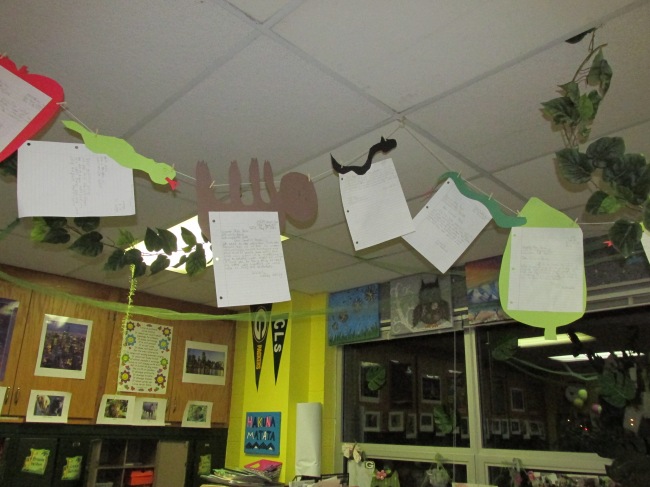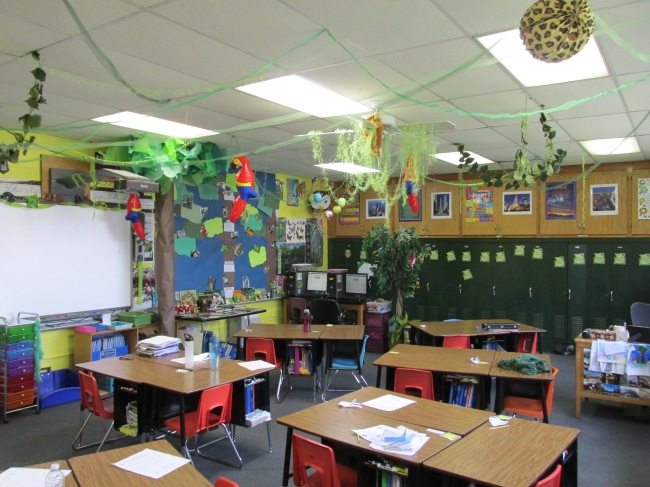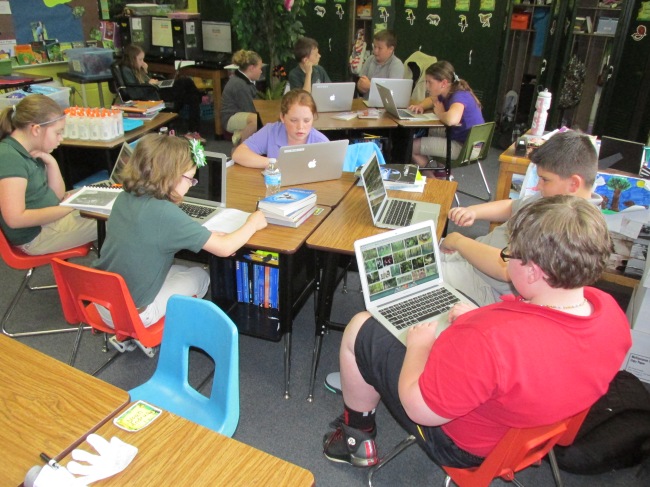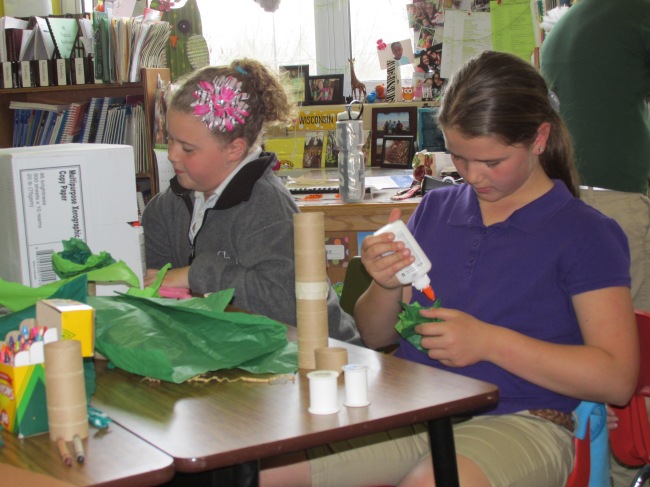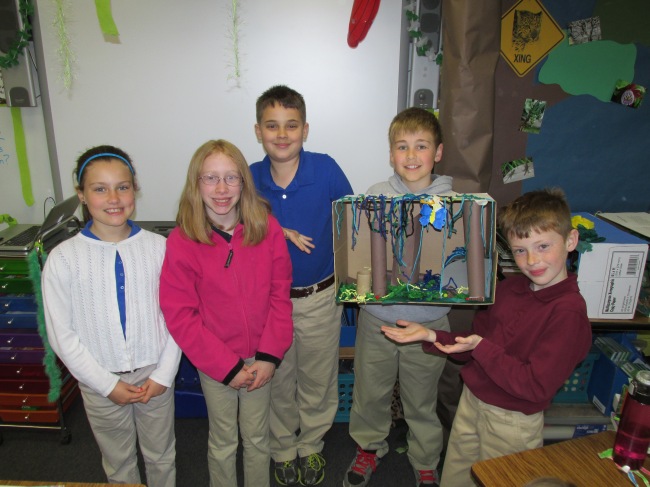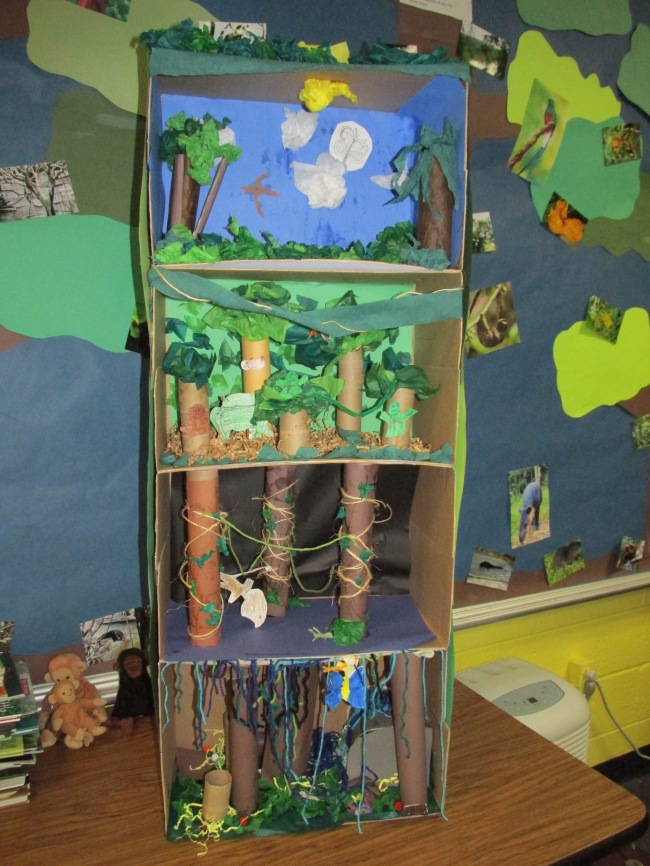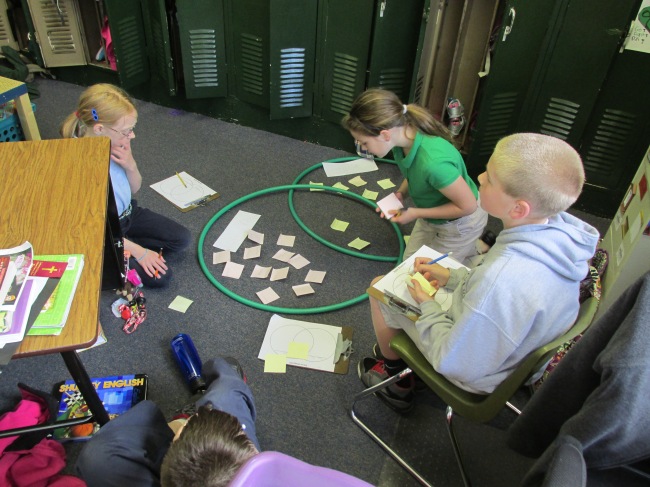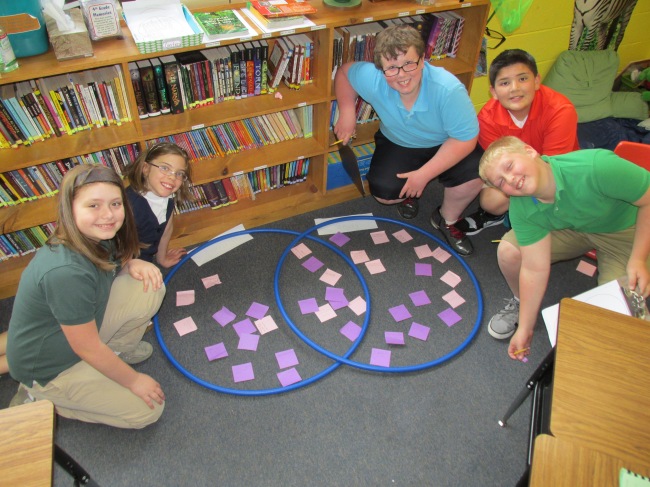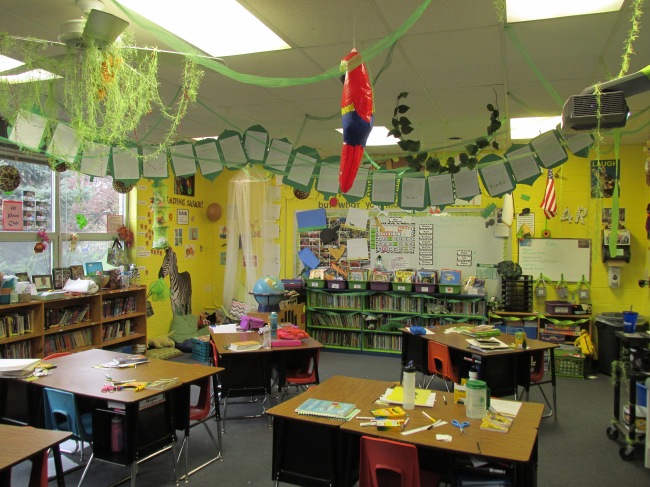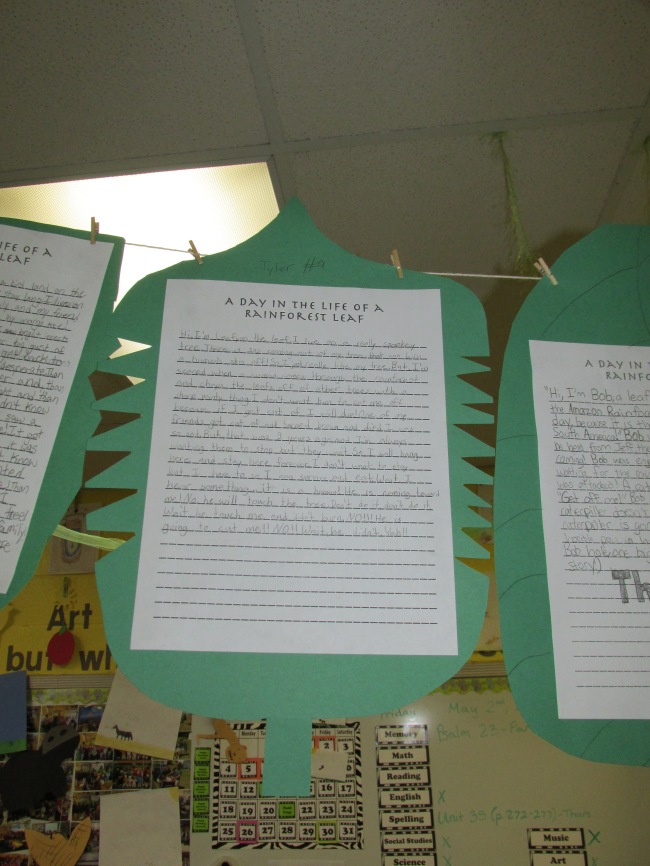We are quickly approaching the end of our school year. This also means the end of our study of Tropical Rainforests. My hope is that this unit helped to spark an awareness of how important rainforests are, even though we were barely able to scratch the surface of all the plants, animals, and people who live there.
Our last major project that we worked on during class were readers’ theaters adaptations of “The Great Kapok Tree”, an awesome book about the importance of saving the rainforests from destruction. (We are also still in the midst of working on some computer projects for this unit as well: Powerpoints and Glogsters.) Here are some pictures and video from our performances of “The Great Kapok Tree”, as presented to both kindergarten classes and two of the preschool classes. They were GREAT audiences!!
To wrap up our unit, we took a special field trip to the Fort Wayne Children’s Zoo. We spent the majority of our day in the Indonesian Rain Forest section, hunting for answers to questions about different plants and animals. It was a great day, and after a scary start to the day (can we say torrential downpour, thunder, lightning, and hail?), the skies cleared, and we were able to enjoy a wonderful field trip to the zoo!!



